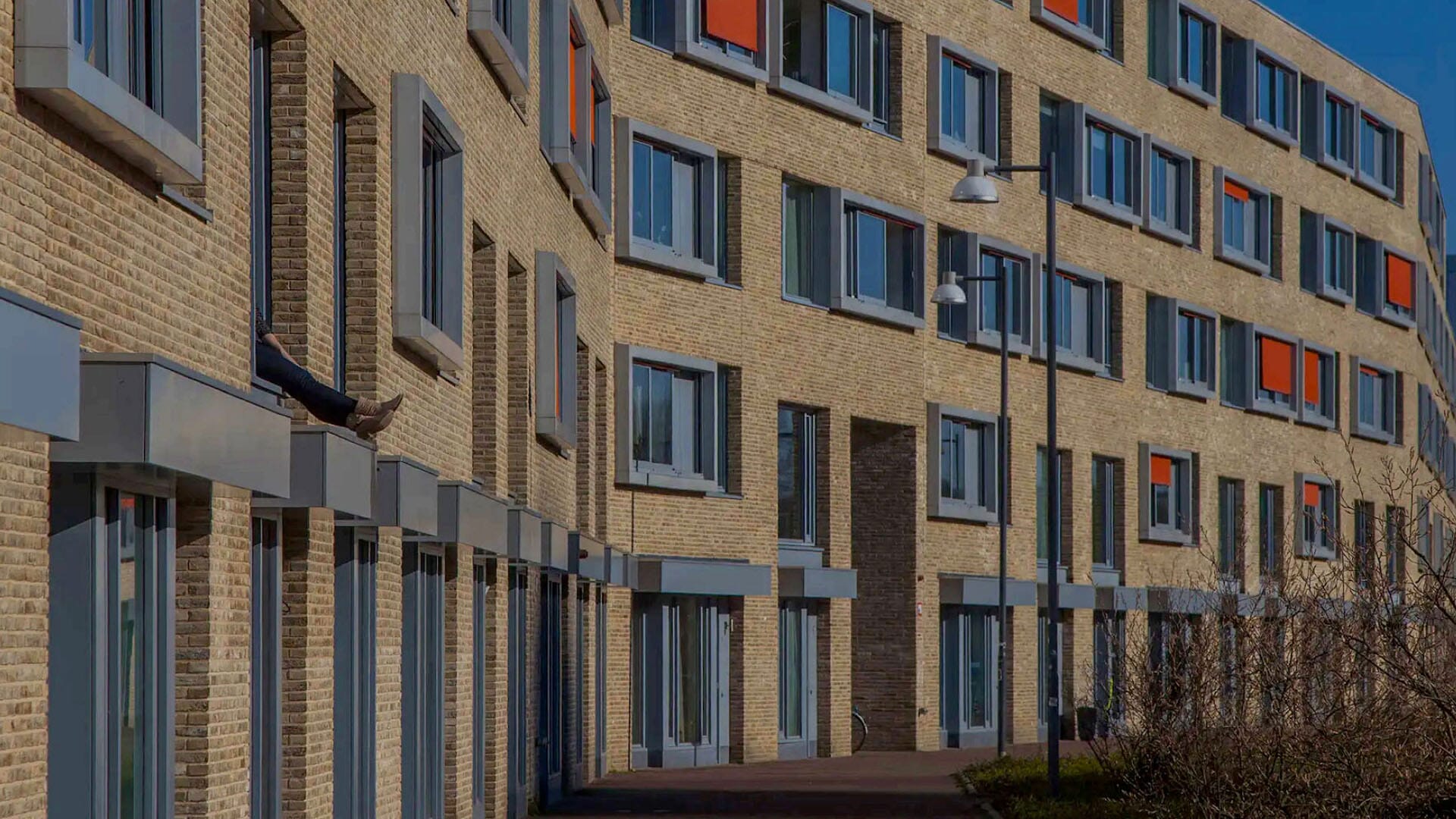 Credit: CreativeNature_nl / Envato elements
Credit: CreativeNature_nl / Envato elementsStudent Housing and the Perspectives for Secondary Cities
How attractive for real estate investors?
*Disclaimer: While this review highlights the most relevant topics under discussion, it does not contemplate the full discussion between the Board and all Members. In addition, committee sessions also dedicate time for networking.
Important Takeaways:
- Construction and operating costs might increase even more in 2022;
- Rising inflation is now impacting affordable rentals for student accommodation;
- New single studios tend to perform higher rents in Europe;
- Secondary cities represent a huge market in the US, not only for student housing but also for multifamily;
- Student housing in Asia is in its very incipient stages;
- The majority of students may opt for shared rooms after the pandemic.

Construction costs from 2020 through 2021 have shown a rapid increase in the real estate industry. In America, it represented the largest spike since 1970 according to the U.S. Census Bureau¹. Radical changes from 2020 brought about similar impacts on costs in Europe.
From analysts’ perspective, it is expected that its curve might be even more accelerated in 2022 due to the context of the happenings in the world. This has huge implications, not only on construction materials but also on operating costs. Developers already experience the wealth of capital chasing even in some high-quality cities.
One main challenge is understanding how to minimize impacts on ROI as rising inflation is already impacting affordable rentals for student accommodation. What are the perspectives for 2022 and will secondary cities remain attractive to investors?
Some relevant data from about 10,000 properties was brought up by BONARD. One of the highlighted aspects was that new private PBSLs coming to the European market may perform considerably higher rents on single studios. This may happen in both primary and secondary cities.
While data shows that new single studios are in high demand in Europe, it is still hard to establish an operational efficiency rate as results may change with higher costs along 2022. Meanwhile, European Tier 1 cities represent a more mature market when it comes to amenities. According to data brought on by members, new PBSLs’ rent starts higher and grows faster, and they also tend to present better locations, higher standards, and higher build costs.
Developers from Europe pointed out that, despite secondary cities have always been of interest, more competition is coming into these regions. From this perspective, Tier 2 cities may not be the answer if one’s looking for a silver bullet.
Furthermore, there appears to be an increased proportion of students’ preference towards non-shared rooms, at least in the European market. Single studios and suites tend to deliver faster returns than shared rooms.
With regards to the US market, on the contrary, a main common factor is the high interest in secondary cities. Some members reported an astonishing growth in the demand for affordable housing as there are thousands of students all over the country and not many beds.
There are a number of American institutions that historically were second-tier universities, but are now in the top-tier. As a consequence, some secondary cities have become great markets not only for students but also for young professionals transitioning to multifamily buildings.
In Asia, the growing interest in Tier 2 cities intensifies even more. India, the largest democracy in the world, has currently around 36 million students in higher education while the number of universities is drastically increasing.
Indian development firms see the student housing market in its very incipient stages.
Even though students’ preference has shifted towards single occupancy rooms due to the pandemic, a delicate matter discussed was the affordability issue. For some, the majority of students will soon be opting for the shared accommodation version.
When we look at a global perspective, there seem to be regional particularities when creating opportunities in secondary cities. However, most of the Board was positive about a slight increase in investments for Tier 2 cities.
Delivering the right product should make it possible to manage the increase in prices. Students from around the world want quality accommodation that elevates the campus experience – either by providing access to the site, or facilities.
The next big challenge is understanding where the increased cost will be reflected – in contingencies, margin, or rents?
U.S. Census Bureau: https://www.census.gov/construction/c30/pdf/release.pdf
Session Highlights
A complimentary excerpt of the full 1h Global Committee session exclusive to GRI Club Members. If you’re a member, watch the full session on Media Center.
About the GRI Global Committee
The GRI Global Committees function as think tanks that bring impactful international conversations, and top-notch content. They gather the most influential global players of the real estate industry in a full-year journey of online sessions in order to identify new trends, capitalise on growth opportunities, and aid deal flow discovery worldwide.
Learn more about GRI Club: griclub.org
– Written by Lucas Brancucci | GRI Global Committee Production Team